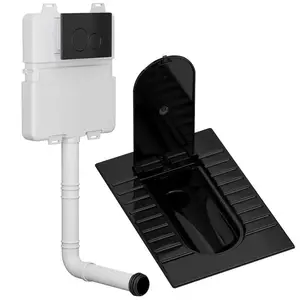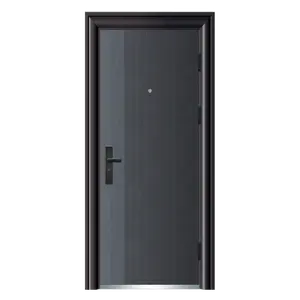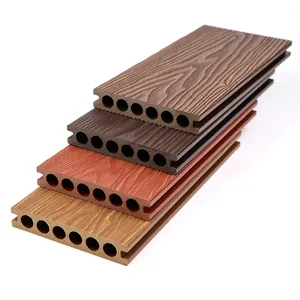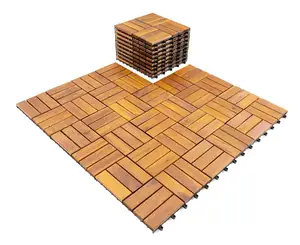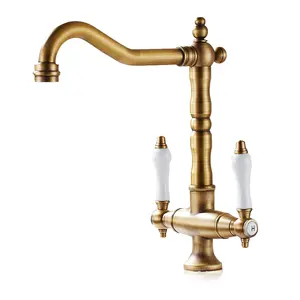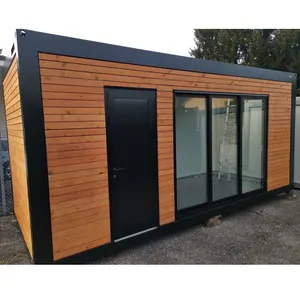Popular in your industry
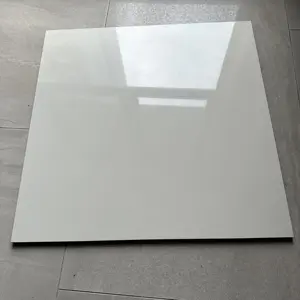














































































































































































































Top categories
About greentile

As we continue to grapple with the environmental challenges of our time, the design world is responding with innovative solutions that marry sustainability with aesthetic appeal. One such solution is the 'eco-friendly tile', a product that is not only eco-friendly but also steeped in historical significance. This article delves into the origins of eco-friendly tiles, their production process, and the benefits they bring to interior design. We will explore how eco-friendly tiles are making a significant impact on the design industry, from their environmental credentials to their aesthetic versatility, and how they are shaping the future of interior design.
Understanding Eco-friendly Tiles: Definition and Origin

The term 'eco-friendly tile' has a deep-rooted connection with the color green, symbolizing life, youth, and vitality. This association is not a recent development but has its origins in ancient cultures. The Proto-Indo-Europeans, one of the earliest agricultural communities, used the word 'gro-' to signify growth, which resonates with the sustainable and eco-friendly nature of eco-friendly tiles. This term has evolved over time, with various cultures contributing to its current form and meaning. So, when you think of eco-friendly tiles, you're not only referring to a sustainable product but also echoing the thoughts of our ancestors.
The Sustainability Aspect of Eco-friendly Tiles
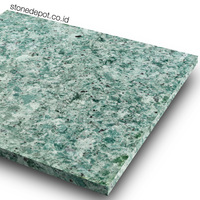
Eco-friendly tiles are a testament to the industry's commitment to environmental preservation. This commitment is reflected in all stages of the product's lifecycle, from design to production and distribution. The industry's efforts have earned it top environmental certifications, and go beyond legislative requirements. Choosing eco-friendly tiles means opting for high-quality ceramics that guarantee environmental protection.
How Eco-friendly Tiles are Made: The Production Process
Eco-friendly tiles are crafted through a meticulous process. It begins with the extraction of natural products from the earth, which are shaped into tiles and fired in kilns at extremely high temperatures. There are two main types of tile construction: glazed and unglazed. Glazed tiles have a hard, non-porous surface after firing, making them stain-resistant and easy to clean. Unglazed tiles, on the other hand, are solid colored all the way through and are typically more dense and durable than glazed tile. The manufacturing process involves five steps: Mining, Blending and Mixing, Pressing, Glazing, and Firing.
Benefits of Using Eco-friendly Tiles in Interior Design
As the trend of designing “green” homes continues to gain speed, it’s clear that making the choice to be eco-friendly now broadens, rather than limits, your options. This includes the use of eco-friendly tiles. You can make a more informed decision when you decide it comes time to build or remodel areas such as the bathroom, kitchen, mudroom, or wet bar. The eco-friendly tiles we offer are not only sustainable but also add aesthetic appeal to your home.
Environmental Impact
Environmental sustainability is a priority in building design, and ceramic tile, or 'eco-friendly tile', is an ideal sustainable material choice. It offers environmental benefits that minimize global warming potential and contribute to green building programs. The Environmental Product Declaration (EPD) for ceramic tile provides transparency of its environmental impact throughout all stages of its life cycle. Compared to plastic-based flooring materials, ceramic tile's environmental impacts are significantly lower. It addresses key environmental considerations affecting the planet's well-being, making it a proven sustainable choice.
Aesthetic Appeal
Green tiles are a popular trend in interior design, offering a natural way to add warmth to any space. They come in a variety of types, including ceramic, marble, glass, and porcelain. Each type of green tile has its unique aesthetic appeal. For instance, forest green tiles evoke the richness of natural mossy forests, while glossy green tiles are known for their shiny finish. Pastel green hexagon tiles and sage green tiles add a charming element to bathrooms. The versatility of green tiles allows them to serve as centerpieces in kitchens, bathroom walls, and even as floor tiles, adding a unique aesthetic appeal to any interior design.
Durability and Maintenance
Eco-friendly tiles are renowned for their durability and low maintenance needs. Regular cleaning with warm water and mild soap keeps it looking good. Avoid harsh chemicals as they can damage the tile. Unglazed eco-friendly tiles should be cleaned with neutral pH tile cleaners. Eco-friendly tiles are resistant to scratches, etching, and stains, but they're not damage-proof. Avoid exposing them to permanent inks or dyes. Use non-abrasive cleaning products and tools. While eco-friendly tiles don't require sealing, it's advisable to seal grout or joints. To remove sealers, use a tile sealer and adhesive remover.
Case Studies: Successful Implementations of Eco-friendly Tiles
Green tiles have been successfully implemented in various interior design projects. For instance, the forest green tile was used as a kitchen backsplash, creating a natural, warm ambiance. The glossy green tile added a shiny finish to a space. The pastel green hexagon tile and sage green tile were used in bathroom designs, adding charm and tranquility. The chevron green ceramic tile and light green subway tile offered a minimalist, chic charm. The green hexagon floor tile seamlessly matched with room furniture, creating a unique look. Each case demonstrates the versatility and aesthetic appeal of green tiles.
Future Trends: How Eco-friendly Tiles are Shaping the Future of Interior Design
Green kitchens are having a moment, but the versatile verdant green translates beautifully into any room. A pop of green can invigorate a space year-round, and the best news: from rich jewel tones to soft soothing hues, we have plenty of green shades to choose from. We don’t foresee that moment ending anytime soon when the results are as exquisite as this kitchen featuring a backsplash of patterned green tiles. This trend is shaping the future of interior design, with green tiles offering a fresh, modern twist to any space.
Conclusion
In conclusion, eco-friendly tiles are more than just a sustainable product; they're a testament to the design industry's commitment to environmental preservation. Its origins, deeply rooted in ancient cultures, echo the thoughts of our ancestors, while its production process ensures environmental protection. The benefits of eco-friendly tiles extend beyond their eco-friendly nature, offering aesthetic appeal, durability, and low maintenance. As demonstrated by various successful implementations, eco-friendly tiles add a unique charm to any space, whether it's a kitchen, bathroom, or living room. With the trend of green kitchens and the versatility of green shades, eco-friendly tiles are undeniably shaping the future of interior design. As we move forward, the role of eco-friendly tiles in creating sustainable, beautiful spaces will only continue to grow.
